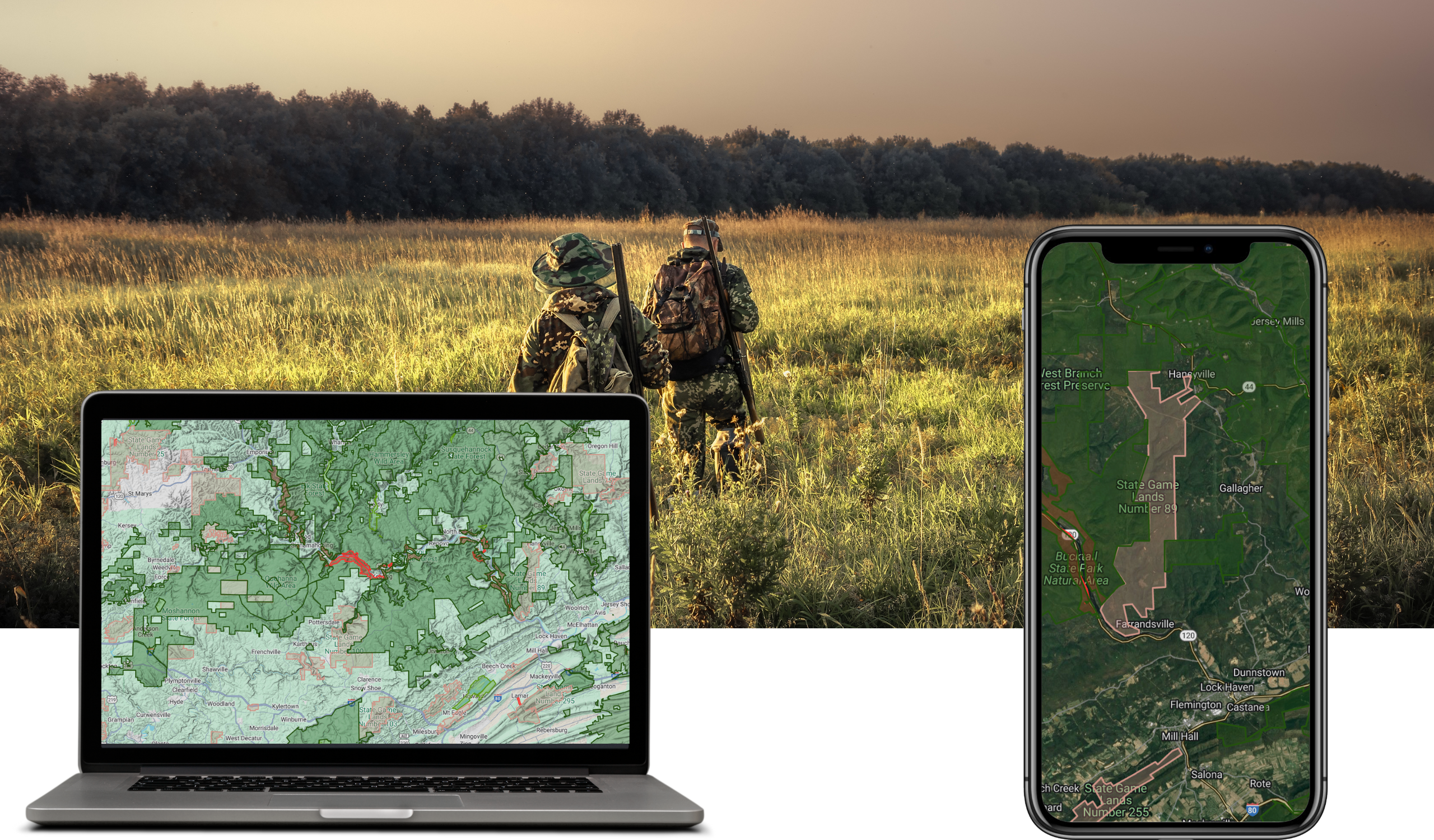The Big Bend region of West Texas is as tough and beautiful as country gets. Rugged hills, sharp canyons, and wide-open skies stretch as far as you can see. For thousands of years, hunters have called this land home. Now, a remarkable find in Big Bend National Park is giving us a fresh look at just how deep our hunting roots go.
Archaeologists uncovered an ancient hunting kit that’s estimated to be around 9,000 years old. Tucked away in a rock shelter, the tools were left behind by a hunter who once roamed this unforgiving landscape. What they found wasn’t just a scatter of old points — it was a complete setup. The kit included wooden foreshafts, stone dart points, and even a digging stick, all carefully crafted and carried for survival.
For those of us who hunt today, it’s a powerful reminder: hunting isn’t just a pastime. It’s in our bones.
A Look Inside the Ancient Toolkit
The tools found in Big Bend paint a clear picture of early hunter life. Dart points, shaped from stone, were designed for use with atlatls — throwing tools that gave extra speed and force to a hunter’s throw. These weren’t random points, either. Their craftsmanship shows precision and intent. The wooden foreshafts likely fit snug into larger spears, making them replaceable when damaged. A digging stick rounded out the kit, likely used for gathering edible plants or setting traps.
What’s remarkable is how complete this toolkit was. Experts believe it was left behind on purpose, maybe stashed for later use or as an offering. Either way, it wasn’t just lost gear. It was part of a survival plan.
This find lines up with what we know about early hunters in North America. Long before rifles and compound bows, hunters relied on tools like these to take down everything from deer to small game. In the days of megafauna, they chased mammoths and mastodons. As the climate shifted and big game thinned out, hunters adapted their tools and tactics to suit a changing land.
A Tradition Carried Through Time
There’s something deeply familiar about the Big Bend discovery. Even across millennia, the mindset of the hunter hasn’t changed all that much. Preparation, skill, and respect for the land have always been the pillars of success.
Today’s hunter still carefully selects their gear, just like their ancestors did. We inspect our broadheads, fine-tune our bows, and pack essentials for the backcountry. Sure, materials have changed — carbon fiber and high-grade steel have replaced stone and wood — but the heart of it remains.
This is where platforms like Hunterizer come into play. Modern hunters use it to share knowledge, track conditions, and hone their craft. It’s the modern campfire where skills are passed down and stories are told. Ancient hunters may have left their kits in caves, but we carry ours in our packs — and in the digital tools that connect our community.
Lessons from the Past
The Big Bend toolkit reminds us that hunting has always been about more than the harvest. It’s about knowing the land well enough to survive off it. It’s about patience, preparation, and respect for the natural world.
When we head out before dawn, feeling the cold bite of the morning air and hearing the rustle of the woods waking up, we’re tapping into the same instincts those early hunters relied on. They didn’t have GPS or trail cameras, but they read the landscape with a sharp eye and trusted their gear to see them through.
Their legacy lives on in every track we follow and every decision we make in the field.
As hunters, we’re part of a story that stretches back thousands of years. Discoveries like the one in Big Bend aren’t just archaeological finds. They’re reminders of where we come from — and where we’re headed.
